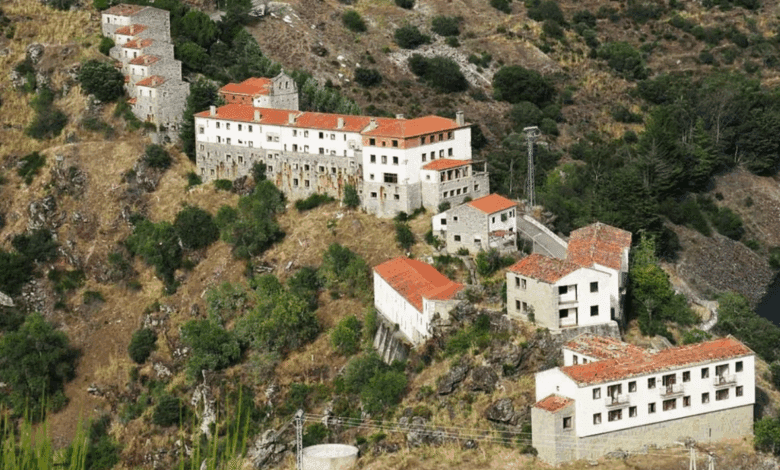
Reviving Salto de Castro: Ambitious Plans to Bring a Spanish Village Back to Life
A new chapter has begun in the province of Zamora, in northwestern Spain, for the small settlement of Salto de Castro. After more than thirty years of abandonment, the village has found a new owner—American entrepreneur Jason Lee Beckwith. For €310,000, he purchased the entire locality, located right on the border with Portugal, with the aim of launching a large-scale tourism development project.
The plan includes a complete renovation of all properties: 44 houses, a church, a school, a former bar, and the old Guardia Civil outpost are all set for a new lease of life. In addition, the investor intends to build a modern hotel, restaurant, and swimming pool, creating an attractive infrastructure for visitors. Beckwith plans to personally oversee the work by relocating to the region for the duration of the project. The first stage of construction is expected to be completed by the end of 2025.
Village History and Investor Challenges
Salto de Castro was established in 1946 by the energy company Iberduero to house employees working on the construction of a hydroelectric plant and dam. After the project was completed and the families moved away, the village steadily emptied out, becoming completely deserted by 1989. Since then, the buildings have fallen into disrepair and the infrastructure has deteriorated.
The new owner is now seeking partners and investors, including from abroad, to accelerate the restoration of the village. The possibility of obtaining government subsidies and European grants aimed at supporting rural areas is also being considered. The local administration views the project positively, considering it an opportunity for the region’s economic revival.
Environmental restrictions and future prospects
However, not all residents and organizations share the enthusiasm for upcoming changes. Environmental groups have expressed concerns about the potential impact on the environment. Salto de Castro is located within the Arribes del Duero natural park, where strict regulations are in place to protect the landscape and biodiversity. Any construction must meet a series of requirements to avoid harming this unique ecosystem.
If the project manages to overcome administrative and environmental hurdles, the village could become a successful example of combining private investment with the preservation of cultural heritage. If all planned initiatives are realized, Salto de Castro may attract tourists and breathe new life into one of Spain’s forgotten corners.






